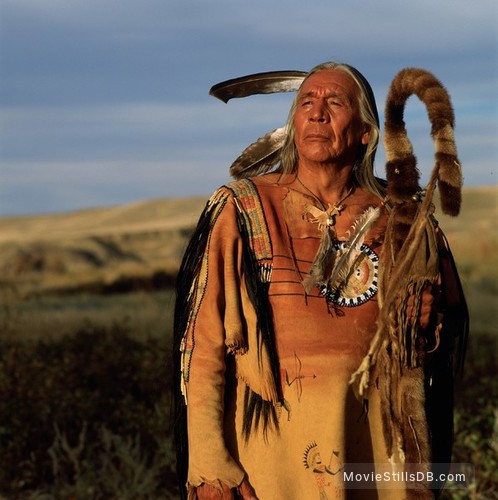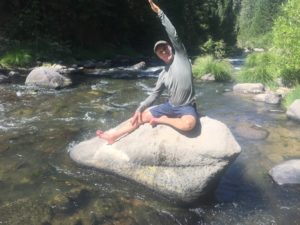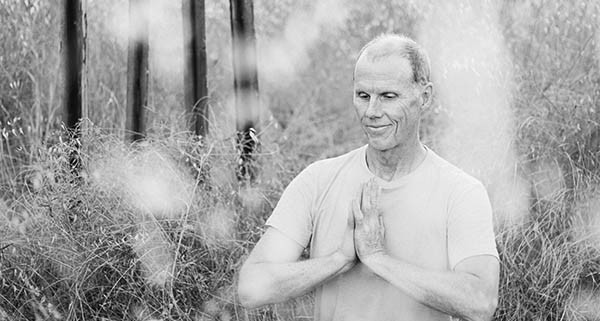
Floyd Red Crow Westerman said that, “It’s the Hopi belief that everything is spiritual, everything has a spirit, and everything was brought here by the creator. Some people call him God, some people call him Buddha, some people call him Allah, some people call him other names. We call him Tunkaschila… Grandfather.”
The importance of our spiritual essence is found throughout the teachings of yoga. In the 55 lines of what many consider the most important second chapter of Patanjali’s Yoga Sutra, he describes the path of yoga including the five kleshas, which are variously translated as traps, obstacles or hindrances. In some traditions the three kleshas of ignorance, attachment and aversion are the source of all other kleshas.
Within the concept of spirit, the mother of all kleshas is Avidya. The root, Vida relates to Veda – the ancient Sanskrit books of knowledge (for e.g. Ayurveda, the knowledge of life and longevity). Vid also relates to seeing. An ‘a’ in front of any Sanskrit word means “not.” So Avidya is literally not seeing clearly or not having correct knowledge, often translated as ignorance.
Annie Carpenter describes Avidya as more than just being intellectually ignorant or not understanding some basic concept. Avidya is a deep spiritual ignorance about not understanding the difference between what is real and what is not, what is lasting or eternal, and what is fleeting that attracts us in the moment.
Life presents moments when we instantly figure out what doesn’t matter (Boom Shiva!), and what really does matter. That awareness makes it easier for us to let go of anything we’re clinging to or reaching for that doesn’t feed our soul.
The BIG takeaway is that inside each of us is spirit. Every life form has spirit that is everlasting, that will never die. Everything else around us changes, decays and will cease to exist as it was before. Rumi said, “Be like a tree and let the dead leaves drop.” Each moment, each breath arrives and is gone. But the one thing that endures, moment by moment, millennia by millennia, is spirit – the essence of who we really are. Yoga is designed to unravel, to peel away the layers of the non-self to reveal the true self.
So Avidya is in this field of misunderstanding, of ignorance, that all obstacles in our lives are born and grow. To have this understanding of what’s real and what is not, what’s lasting and what is not, is to be able to work with all of the obstacles that come into our lives, however simple or gigantic they may seem. Avidya is that moment of understanding that helps us find peace with whatever’s going on.
Avidya has many layers which operate in different ways, threaded through every aspect of our lives— in our survival strategies, our relationships, our cultural prejudices, the things we hunger for and the things we fear or repel. But behind each of Avidya’s manifestations is the failure to recognize that essentially we are spirit, and that we share this with every atom in the universe.
As Floyd Red Crow Westerman observed, “We are here on earth only a few winters, then we go to the spirit world. You should treat all things as spirit, realize that we are one family. It’s never something like the end. It’s like life, there is no end to life.”





